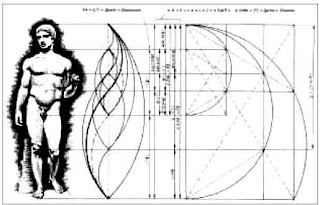



This blog contains important notes, info, links, references etc for students who are taking visual arts at HKCCCU Logos Academy.






 Parthenon
Parthenon





 The book of the Dead contained spells and prayers. This scroll depicts the weighing of Hu-Nefer's heart against Maat's feather before the deceased can be brought before Osiris, god of the Underworld.
The book of the Dead contained spells and prayers. This scroll depicts the weighing of Hu-Nefer's heart against Maat's feather before the deceased can be brought before Osiris, god of the Underworld.
_______________________________
Hall of the Bulls (in the cave at Lascaux, France, ca. 15000-13000 BCE. Largest bull: 11'6"long
-the hunters in the Stone Age believed they were bringing the beasts under their control.
-dance or rituals might have been performed in front of the cave paintings
-some historians guested these images served as teaching materials for teaching new hunters


By Polykleitos, “Doryporos” (Spear Bearer) Roman marbel copy from Pompeii Italy.


Like harmonic chords in music: intervals: 2:1, 3:2, 4:3
Look for the ideal: “standard of perfection” Canon
Cross balance, weight shifting
Asymmetrical balance:
Right arm, left leg: relaxed
Supporting leg and left arm: tensed
Head: turn to the right, hips twist to the left
Ratio of head/body: 1/7
_________________________
Aesthetic Philosophy:
'Beauty, Chrysippos believes, inheres... in the commensurability of the parts, such as that of finger to finger, and all these to the palm and wrist, and of these to the forearm, and of the forearm to the upper arm, and of everything to everything else, just as it is written in the "Canon" of Polykleitos. For having taught us in that treatise all the commensurate proportions of the body, Polykleitos made a work to support his account; he made a statue according to the tenets of his writing, and called it, like the treatise, the "Canon". '
written byGalen, a physician who lived during the second century CE
_______________________

Golden Section: AB/AG=AG/GB. If AB=1 and AG=x then GB=1-x and 1/x=x/(1/x) and it follows x2 =1-x, ie. x2+x-1=0
By Pythagoreans. Pythagoras might have visited Egypt which might found this ratio there earlier already.
 -Lady of Auxerre 650-625BCE 2’1.5”
-Lady of Auxerre 650-625BCE 2’1.5”